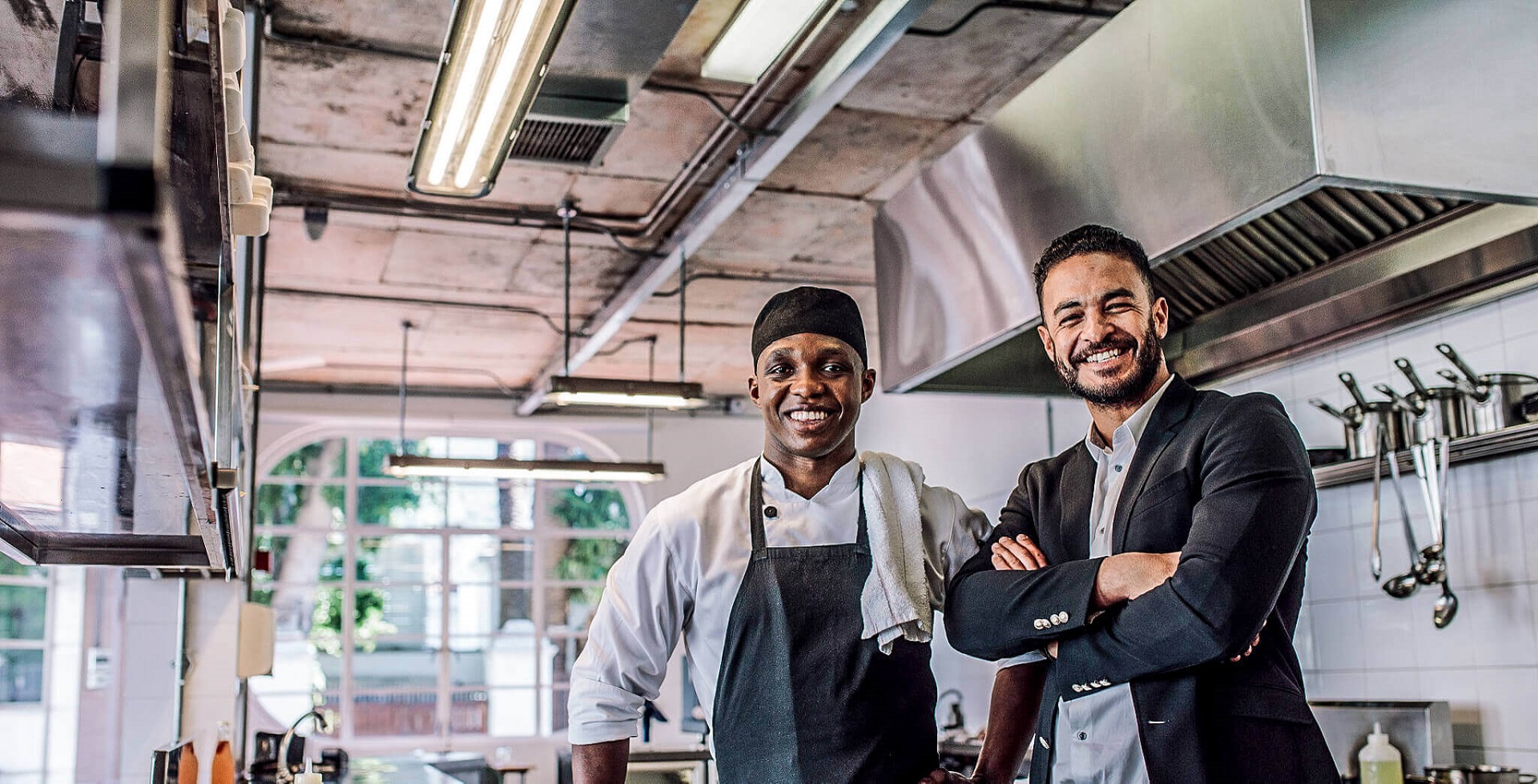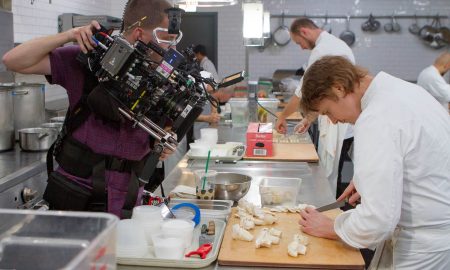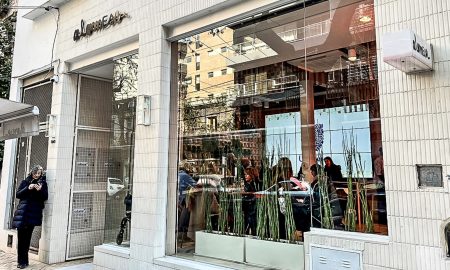Things are different. Chefs screaming and plate-throwing in restaurant kitchens is out, and offering employees everything from signing bonuses to a higher purpose is in.
As operators continue to work toward reaching pre-pandemic employment levels, some are focused on creating a more positive work environment.
Here, participants of Midwest Chefs’ Perspectives, a virtual roundtable hosted by Foodservice Equipment Reports and manufacturer Rational USA, share steps they’re taking to keep operations properly staffed.
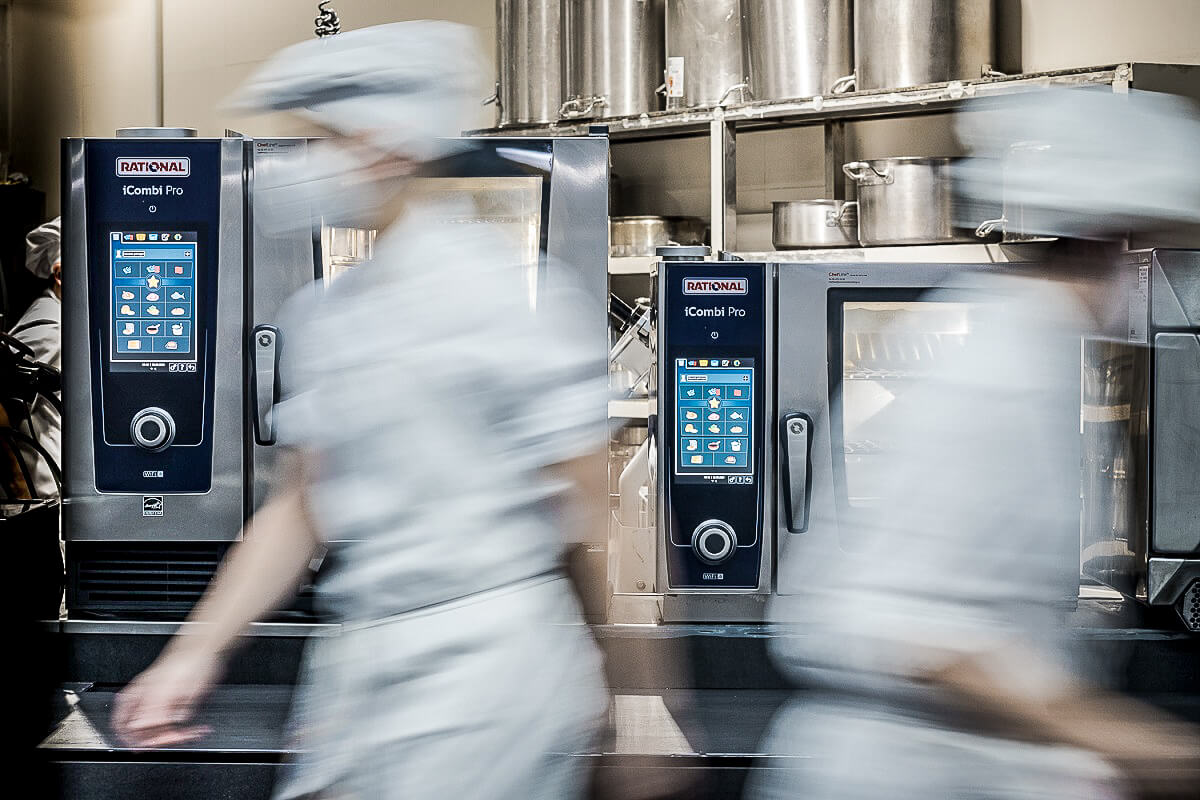
Image: Rational
1. Ease in new hires.
“Unsuccessful managers are [those who are] immediately thrown to the wolves. They get immediately overwhelmed,” says Chris Teixeira, culinary operations director and partner at The Fifty/50 Restaurant Group. “What’s working for us well, is the idea of isolation until they’re fully […] through all the training programs.” For an hourly employee, that might mean letting them follow an experienced staffer for a week, or for a manager-level hire, sending them through as much as an eight-week training program.
2. Offer financial incentives.
Matt McMillin, vice president of culinary and beverage innovation at Cooper’s Hawk Winery and Restaurants, says the brand’s offering above minimum wage and signing bonuses to help fill positions. It’s not just fighting with restaurants next door for employees, but big box department store chains and tech companies.
“We’re well staffed at most of our restaurants — some are fully staffed, but some are lower. We were staffed at a percentage around the mid-80s for a long time. We worked hard at attracting the right people to our team, made sure we had great compensation programs and a terrific work environment, and we were able to draw people to the company,” McMillin says. He adds that the brand’s currently hyper-focused on retention.
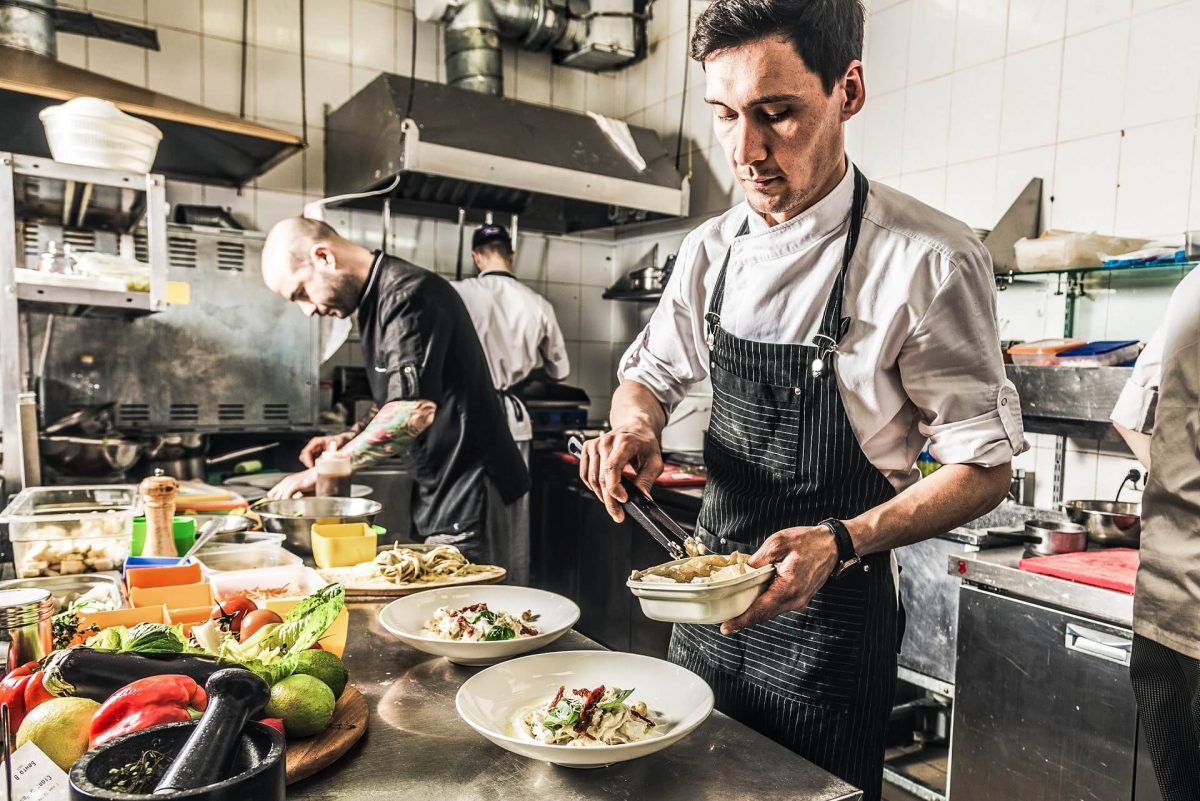
Image: AdobeStock| xartproduction
3. Lean on technology.
Equipment that prepares menu items at the push of a button ease the training process. Lettuce Entertain You Restaurants’ Senior Executive Chef Eric Santoyo especially appreciates Rational combi ovens.
“One of the biggest tools we have here are the Rationals, which let you create your own programs, and you have the same consistency every single time,” Santoyo says.
Rational National Corporate Chef Billy Buck, who represented the manufacturer at the event, also pointed out how chefs could minimize labor requirements by using combi ovens to braise and roast menu items overnight, or even simply prepare beans after-hours. Operators input how the equipment should prepare the menu item, and it will have it ready the next morning.
Sieh dir diesen Beitrag auf Instagram an
4. Update training materials.
Are you handing out big packets of paper or recording long-winded videos? It’s not how new hires want to consume information. “The biggest thing is just condensing stuff down and knowing what people need to know versus trying to tell them the whole life story. If they want to know the rest, then we can explain that to them,” says David Schwartz, executive chef at Formento’s.
Cooper’s Hawk has replaced its extensive videos with TikTok-inspired, short-form videos to demonstrate things like how to prepare menu specials.
5. Do more than serve food.
During and after the pandemic, The Fifty/50 Restaurant Group found employees, especially the incoming generation, want to work for a socially responsible company, Teixeira says. A paycheck, benefits and flexibility are important, but so is being able to give back in some way. The group donates food through its charity program.
6. Create a one-team approach.
As many as 12 kitchens, supporting a variety of concepts, make up the Grand Geneva Resort & Spa. But that doesn’t stop Executive Chef Dustin Urbanik from running a community-based training system where new hires can feel comfortable walking into any kitchen and asking for what they need.
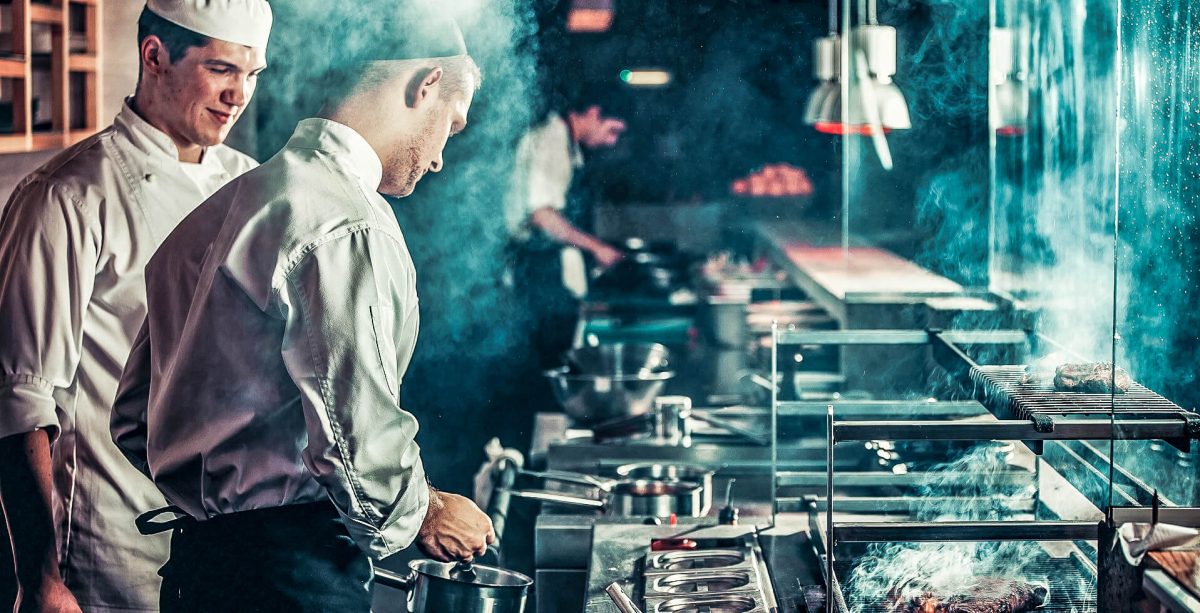
Image: AdobeStock | Goinyk
“Every Thursday we have a weekly leadership meeting with all the heads of different kitchens,” Urbanik says. “Every week, if we have any new hires, they get to meet all of the heads of departments.”
Coming up, Urbanik’s most looking forward to educating the up-and-coming generation about all the career opportunities in the foodservice industry. It’s not just a stagnant job where employees do the same thing day in and day out for 10 years, he says. “We work in a special industry where there’s so many culinary techniques, styles, and that’s why I enjoy it.”


